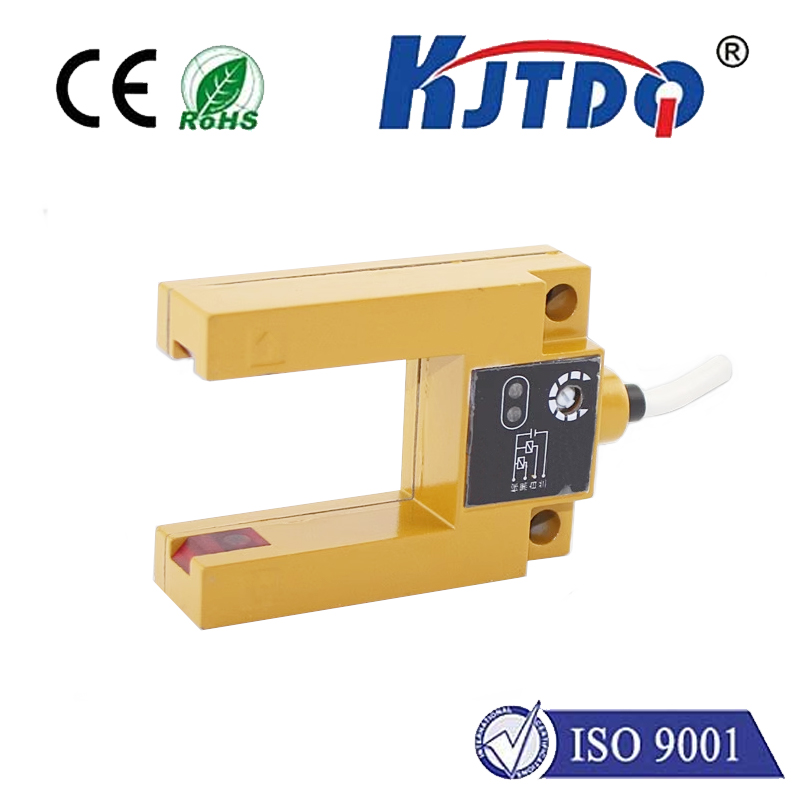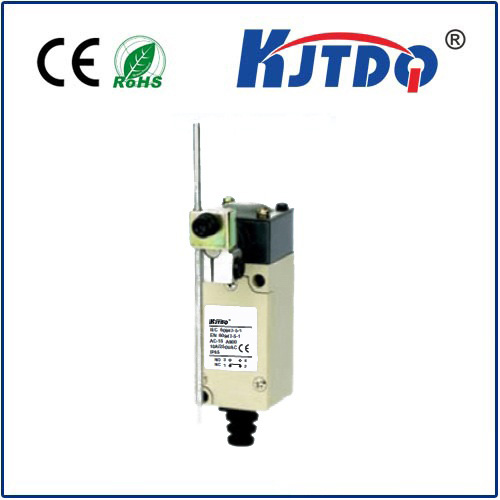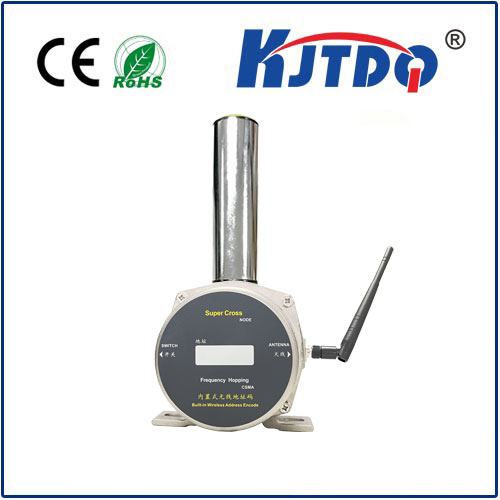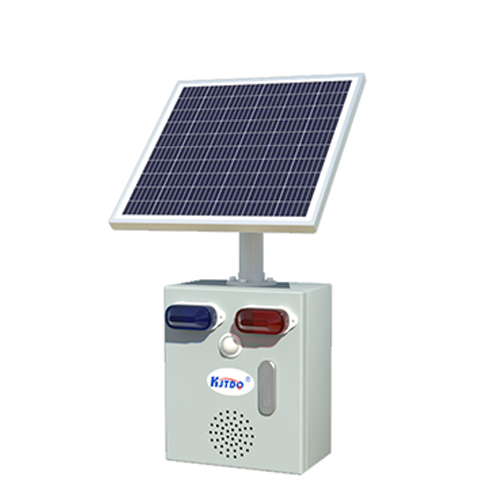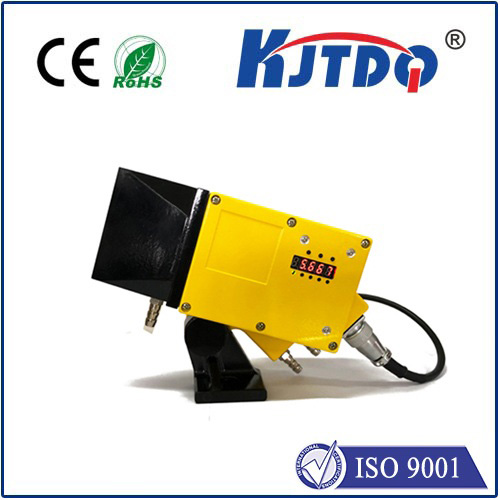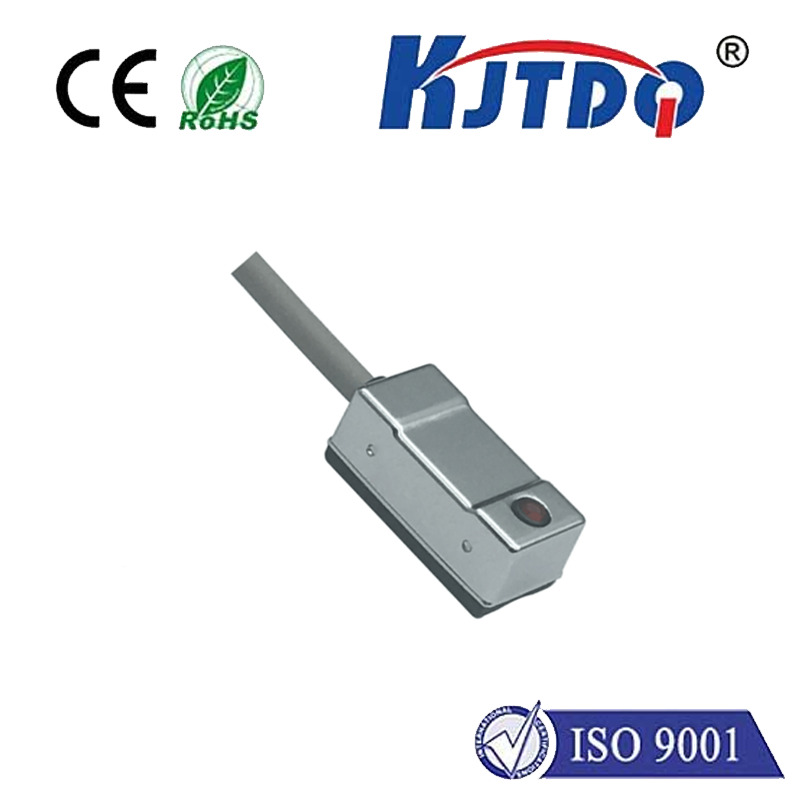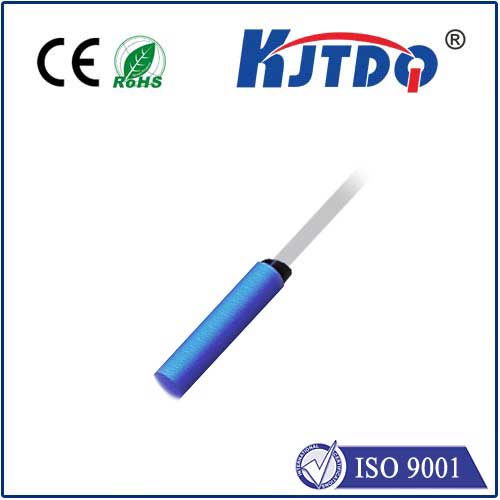ИК - лазерный датчик
- time:2025-08-27 13:01:30
- Нажмите:0
Infrared Laser Sensors: The Invisible Guardians of Modern Innovation
Picture this: you’re driving home on a dark, foggy winter night. Visibility is near zero. Suddenly, your car gently alerts you and applies the brakes – avoiding a collision with a vehicle that seemed to emerge from nowhere. This lifesaving intervention often relies on an unseen hero: the ИК - лазерный датчик. These remarkable devices, silently emitting and detecting light beyond human vision, are fundamental sensors powering safety, efficiency, and intelligence across countless modern technologies. They represent a potent fusion of infrared technology and precise laser measurement capabilities.
Demystifying the Invisible Beam: How Infrared Laser Sensors Operate
At their core, these sensors function on a principle known as Time-of-Flight (ToF), triangulation, or light intensity measurement. Here’s a simplified breakdown:

- Infrared Laser Emission: The sensor emits a concentrated beam of infrared light. This light is invisible to the human eye (typically operating in the near-infrared spectrum, e.g., 850nm or 940nm), offering discretion and avoiding interference with visible light sources.
- Target Interaction: This precise laser beam travels towards an object or surface.
- Reflected Signal Detection: The sensor houses a highly sensitive photodetector specifically tuned to the emitted infrared wavelength. This detector captures the light reflected back from the target.
- Signal Processing & Output: Sophisticated onboard electronics analyze the characteristics of the returning signal:
- Time-of-Flight (ToF): Calculates the distance by precisely measuring the time elapsed between emitting the pulse and receiving its reflection (Distance = (Speed of Light x Time) / 2).
- Triangulation (for Position): Uses the known angle between the emitter and detector to determine distance based on the position where the reflected light hits the detector.
- Intensity Change (for Presence/Contrast): Detects variations in the intensity of the reflected beam caused by the presence, absence, or specific properties of an object.
- Actionable Data: The processed information – distance, position, presence, or object characteristics – is converted into a digital or analog output signal usable by the host system (e.g., triggering an alarm, controlling a machine, mapping surroundings).
Why Infrared Lasers? Key Advantages Driving Adoption
The combination of infrared light and laser technology bestows these sensors with distinct, compelling advantages:
- Invisibility: Operating outside the visible spectrum ensures they don’t cause visual disturbance or distraction, making them ideal for discrete security systems, consumer electronics (like smart home devices), and applications requiring human-friendly operation.
- High Precision & Accuracy: The focused nature of the laser beam enables incredibly fine measurements. Distance accuracy can reach sub-millimeter levels in optimized configurations, while position detection is exceptionally sharp.
- Long Range & Adaptability: Capable of detecting objects reliably over significant distances (from centimeters to hundreds of meters depending on design), even in challenging low-light or completely dark environments where visible light sensors flounder. Infrared penetration through certain obscurants like fog or smoke can also be superior to visible light.
- Speed: Provides rapid, near real-time measurements, crucial for dynamic applications like collision avoidance, robotics control, and high-speed automation.
- Non-Contact Operation: Measures without physically touching the object, preventing wear and tear on both the sensor and the target, and enabling monitoring of fragile, hot, moving, or hazardous materials.
- Robustness: Many designs are highly resistant to ambient light interference due to the narrowband nature of the laser emission and spectrally matched detector, enhancing reliability.
Where the Invisible Light Shines: Diverse Applications
The unique capabilities of infrared laser sensors make them indispensable across a vast array of industries:
- Industrial Automation & Robotics: Precise object detection, positioning, and guidance for robots; monitoring fill levels in tanks/containers; part presence verification on conveyor belts; high-accuracy dimensional measurement and quality control in manufacturing (e.g., thickness, height, profile scanning).
- Automotive Safety & ADAS (Advanced Driver Assistance Systems): Core components in Adaptive Cruise Control (ACC), Automatic Emergency Braking (AEB), Blind Spot Detection (BSD), Lane Departure Warning (LDW), and Occupant Detection systems. LiDAR (Light Detection and Ranging) sensors, fundamental for autonomous vehicle perception, heavily rely on infrared laser pulses.
- Security & Surveillance: Forming the backbone of motion detectors in alarm systems; perimeter security beams; obstacle detection for automated security gates; people counting systems; precise triangulation in security scanners.
- Consumer Electronics: Enabling gesture control in smart TVs and devices; proximity sensing to turn off phone screens during calls; distance measurement in smartphones for camera focusing; obstacle avoidance in robot vacuums and drones; touchless interfaces.
- Medical Technology: Used in breath analysis devices; precise positioning systems in surgical robotics and patient monitoring equipment; non-invasive vital sign monitoring.
- Other Critical Areas: Distance measurement in surveying and construction tools; terrain mapping for drones and satellites; speed detection (LIDAR speed guns); industrial process control requiring non-contact sensing.
Looking Ahead: The Future of Infrared Laser Sensing
The evolution of ИК - лазерный датчик technology shows no signs of slowing. Key trends shaping their future include:
- Miniaturization: Continuous shrinking of components enables integration into smaller, less obtrusive devices (e.g., wearables, micro-drones).
- Increased Performance: Ongoing development yields sensors with longer range, higher accuracy, faster response times, and lower power consumption.
- Enhanced Intelligence: Integration with AI and machine learning allows sensors to not only detect and measure but also interpret complex scenes, classify objects, and make predictive decisions.
- Multi-Sensor Fusion: Combining infrared laser data with other sensor modalities (e.g., cameras, radar, ultrasonic sensors) provides richer, more robust environmental perception systems.
- Cost Reduction: Advances in manufacturing and component design continue to make this powerful technology more accessible for widespread deployment.
- Quantum Sensing: Exploration of quantum technologies promises potential breakthroughs in sensitivity and precision far exceeding classical limits.
From ensuring your car brakes in time to enabling robotic arms to assemble complex electronics with micron-level accuracy, infrared laser sensors are the unseen enablers of modern life. Their ability to deliver highly precise, non-contact measurements reliably, even in challenging conditions, makes them a cornerstone technology. As they become smaller, smarter, cheaper, and more powerful, their role as the invisible guardians of safety, efficiency, and innovation across countless domains is only set to grow deeper and more pervasive.

